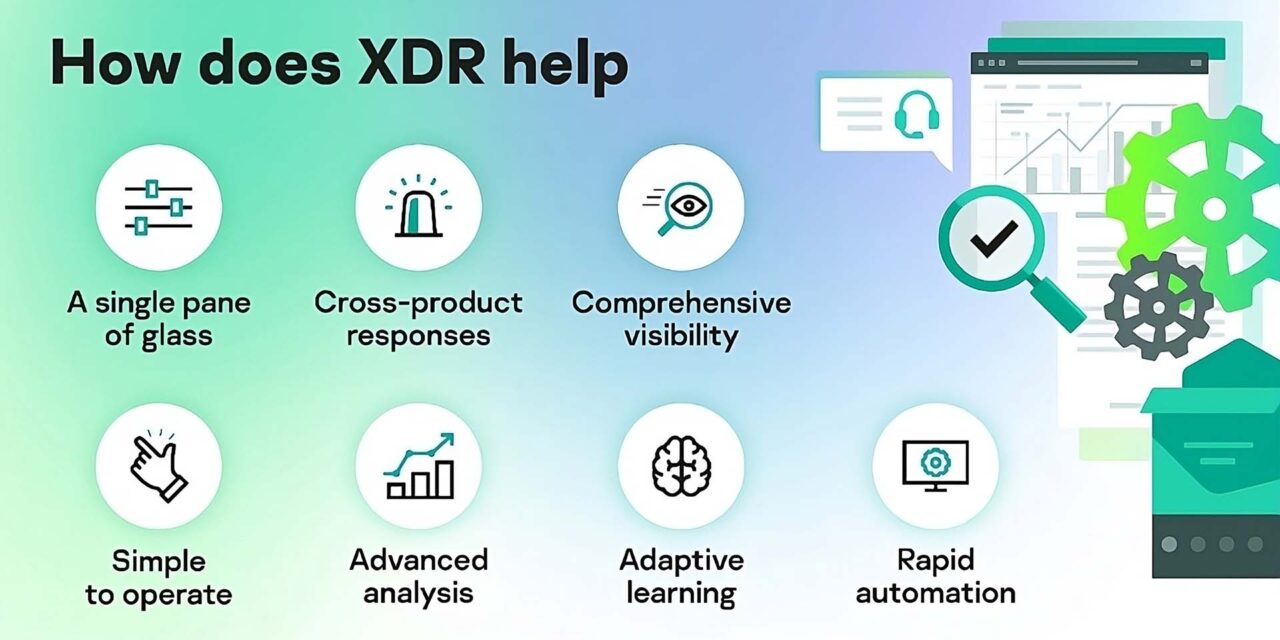The confusing acronym XDR hardly does IT buyers any favors, but here are some strong advantages to hit the X spot.
Traditional cybersecurity detection and response activities are not always straightforward tasks: not only because disastrous breaches can come from anywhere at any time, but also because complex cybersecurity infrastructure creates an additional burden that may possibly lead to human mistakes.
According to some surveys, many firms are actively consolidating (or are planning so) the number of security operations in order to reduce complexity. Among main reasons cited are cost optimization, the need to simplify a complicated security operations technology stack that creates undesirable management overhead; and the need to improve data correlations and to speed investigations and response.
The consolidation opportunity can be provided, for instance, by extended detection, and response (XDR) solutions. In proactively detecting complex threats across multiple infrastructure levels, XDR security can automatically respond to and counter advanced threats.
Extended and also holistic
To stay ahead of cybercriminals, security teams need to rely on deeper integration and more automation. By leveraging a range of data sources, including endpoint, network, and cloud data, XDR monitors and mitigates cybersecurity threats. Using advanced analytics, adaptive learning and automation capabilities, XDR provides a complete view of an organization’s security infrastructure, quickly identifies and responds to potential threats, while helping busy teams to allocate resources more efficiently.

Other benefits of XDR include:
- Whereas EDR has a rapid response capability, it can only focus on endpoints. XDR, considered to be a more advanced version of EDR, focuses more broadly on multiple security control points to detect threats more quickly, using deep analytics and automation.
- XDR unites and analyzes the telemetry from multiple solutions in one place — appropriate for cybersecurity professionals requiring an automatically scalable solution that is easily deployed with the ability to reduce the potential of false positive alerts, thus shortening response time.
- XDR integrates with existing security infrastructure, including endpoint protection platforms, next-generation firewall products, and other security tools. This integration maximizes investments in security technologies, enabling centralized management, data correlation, and streamlined workflows.
- The biggest benefit of XDR is also the element of time, because when it comes to cyber resilience, every second counts. By leveraging big data from across IT infrastructure, XDR uses advanced AI and ML to simplify and facilitate timely analysis potential malicious activity with high accuracy and speed. By extracting only those elements needing to be analyzed for potential anomalies and threats, security teams can prioritize threat data by severity more quickly.
Finally, greater economies of scale and efficiencies with XDR mean fewer cybersecurity costs, so IT teams can use their time and budget more efficiently while focusing on key projects. For large enterprises, the benefit translates into maximized efficiency of cybersecurity tools and resources, reduced risks including human factors, low scores, and false positives. Investigation and response activities can then take place from a single center, comprising relevant data, context, and tools.
Only by taking a more comprehensive proactive approach to sophisticated cyber threats with automated solutions can IT/cybersecurity teams be more effective in protecting customers and data.

















